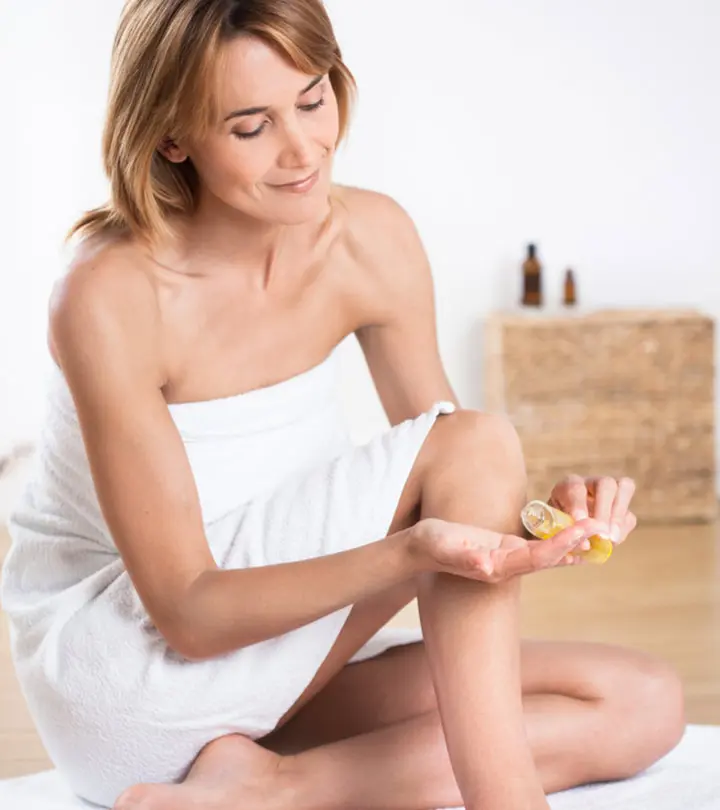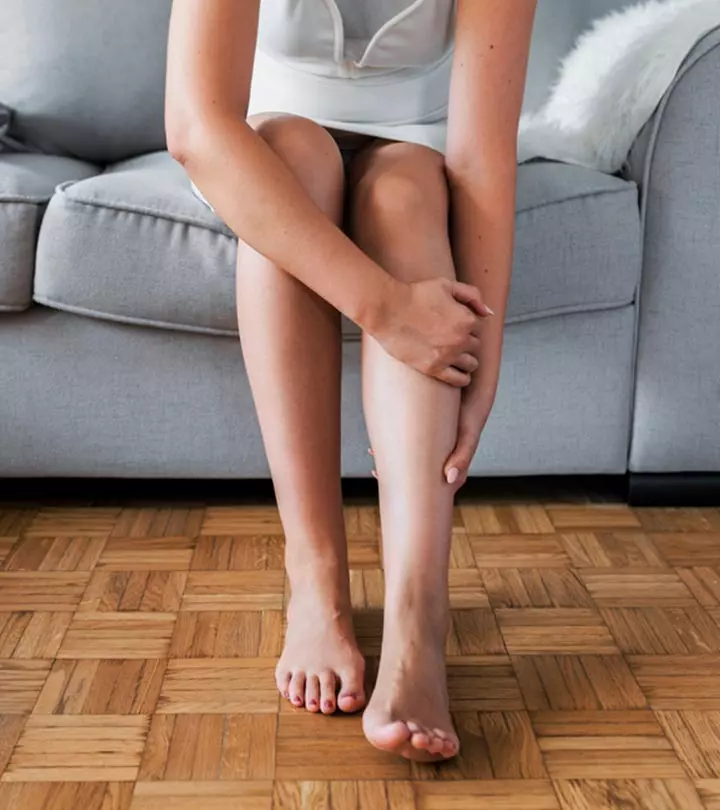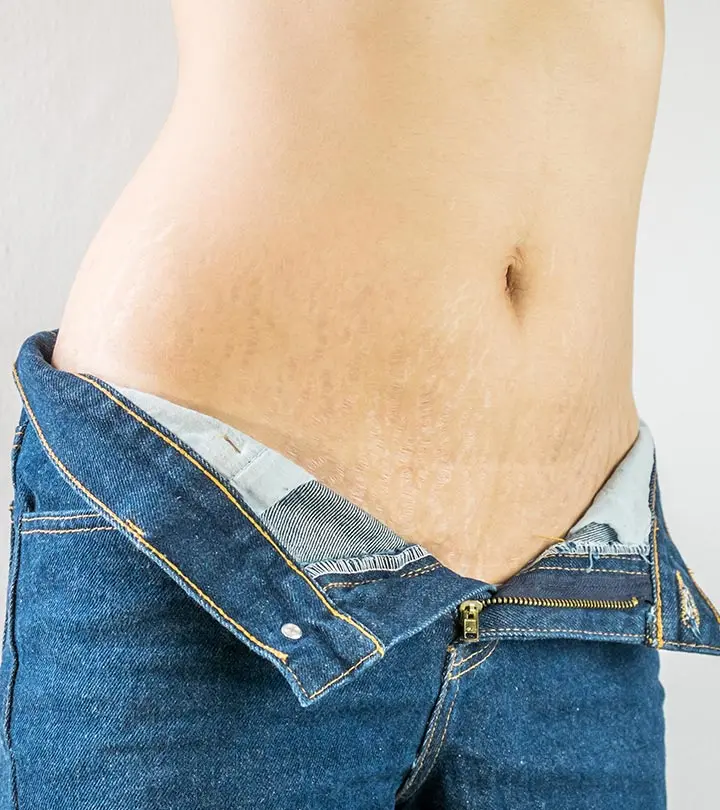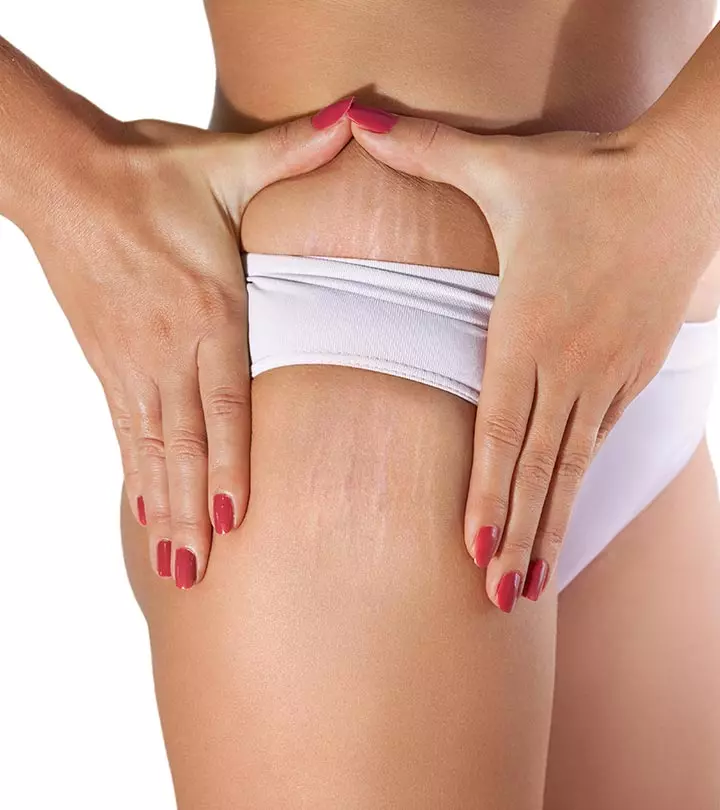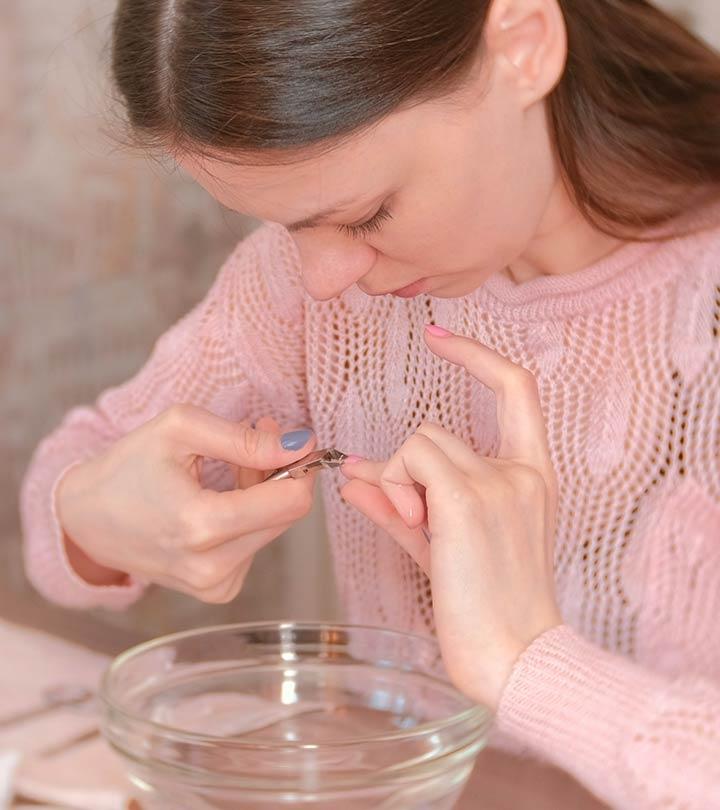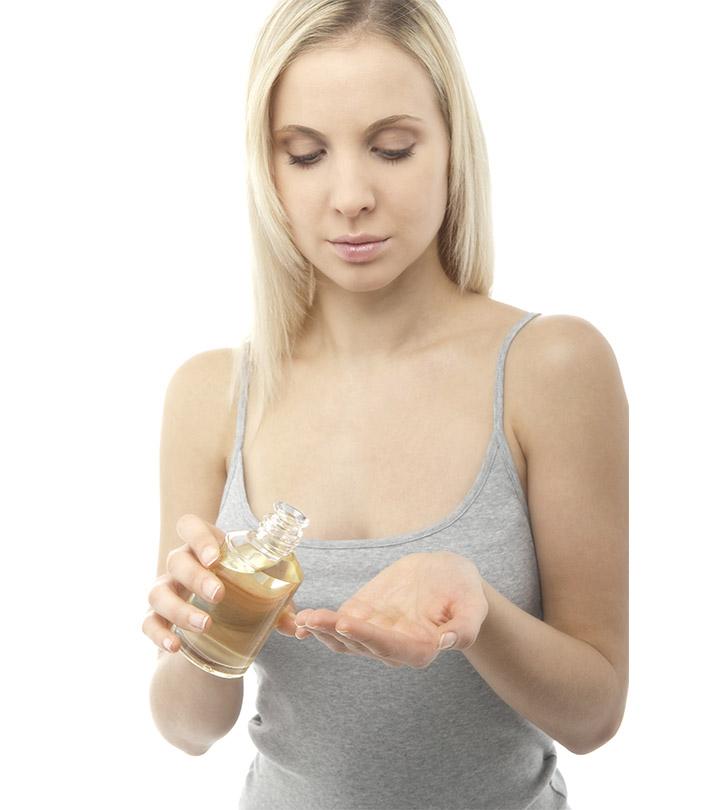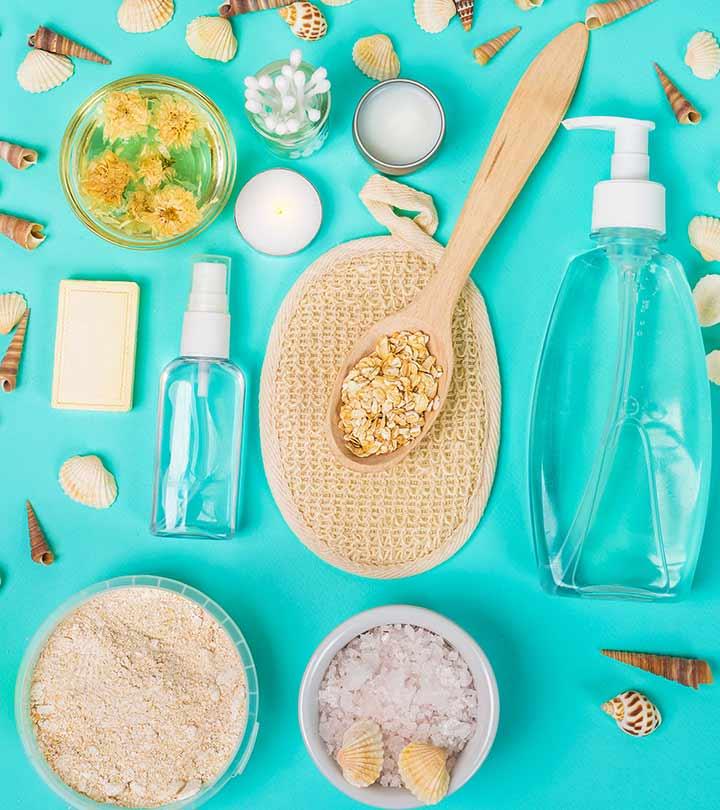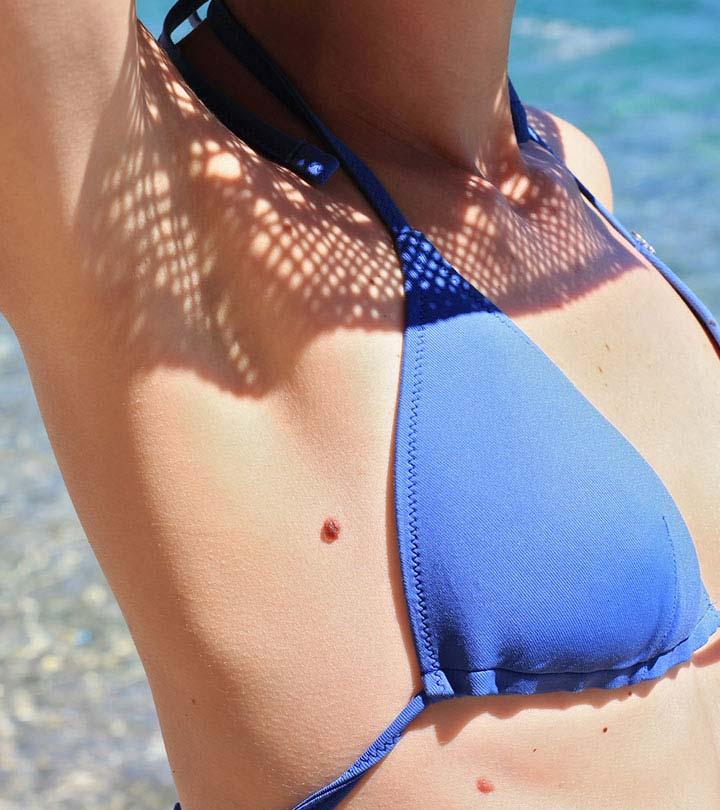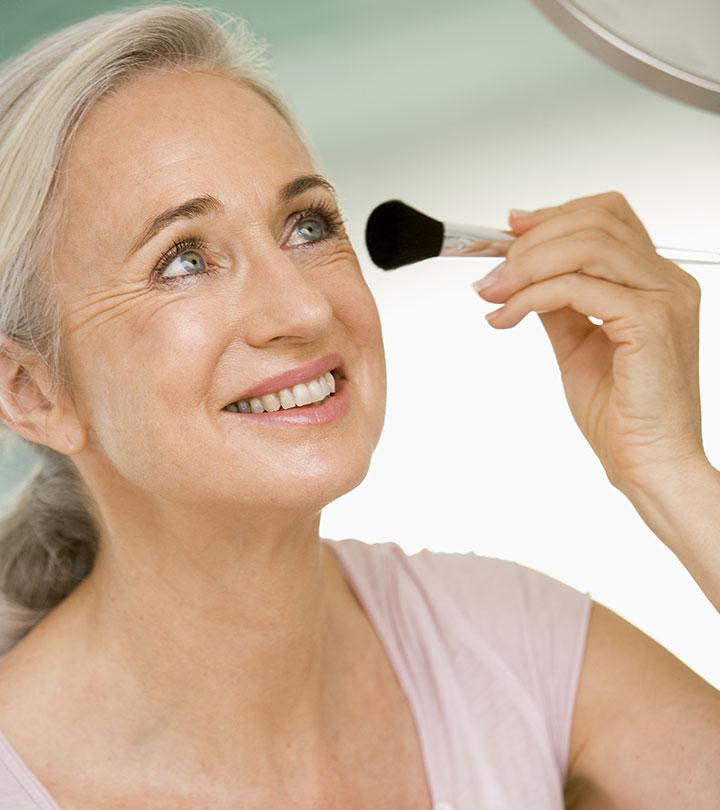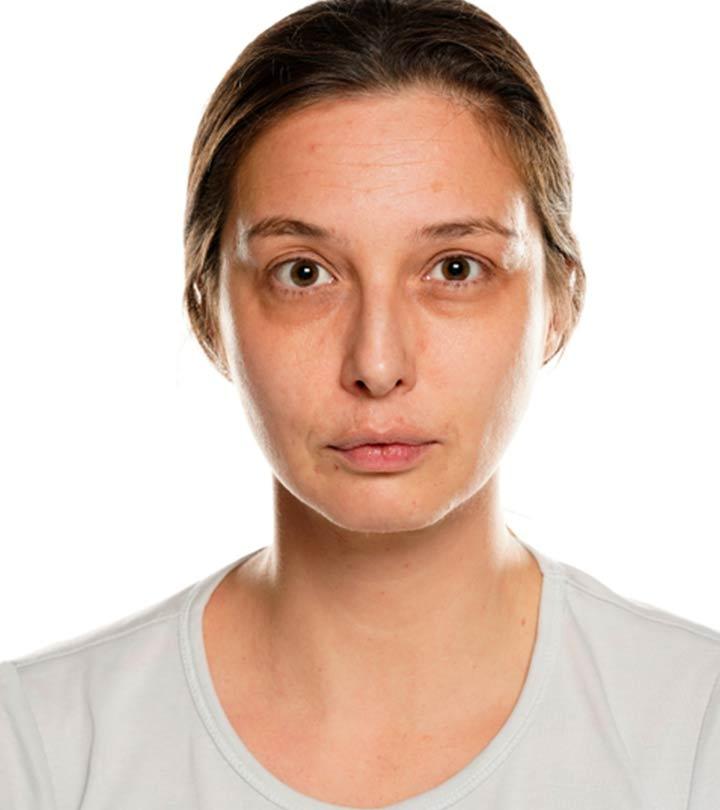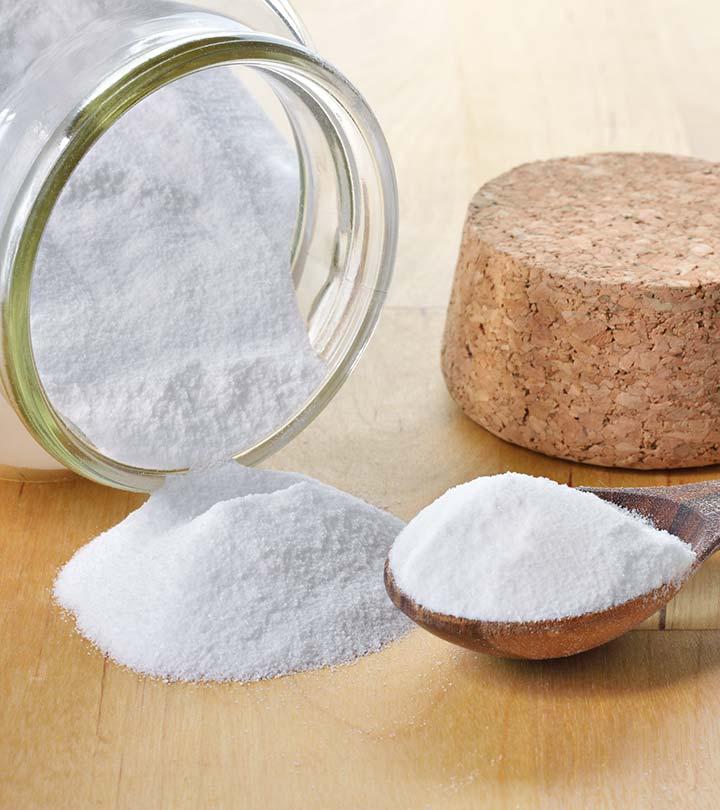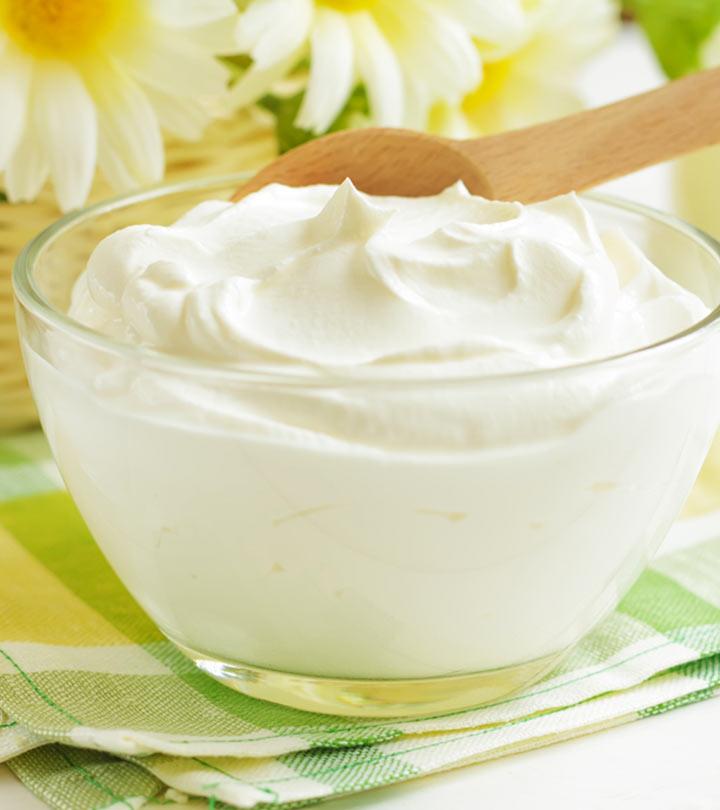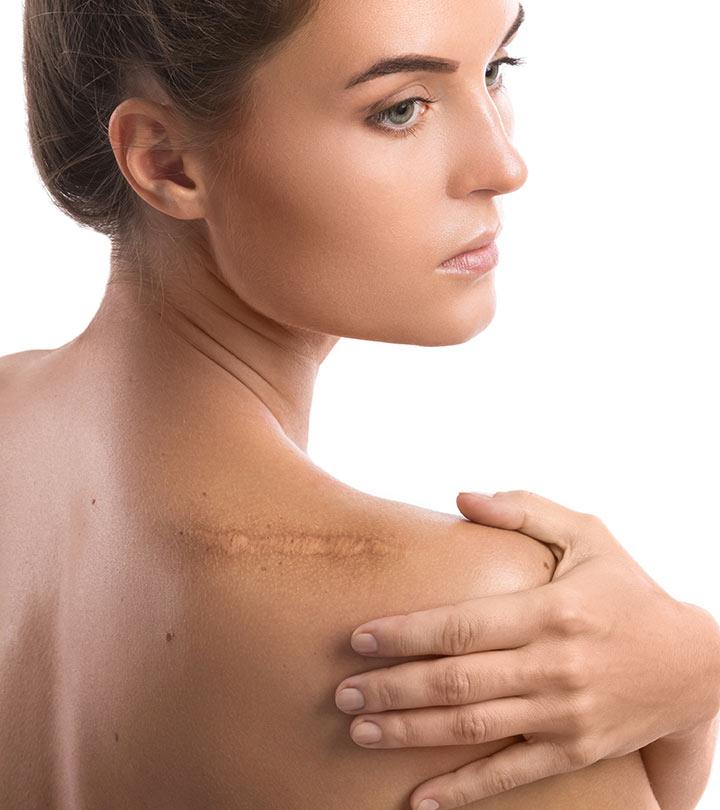10 Ways To Prevent Stretch Marks & Other Treatments
Discover a holistic approach involving targeted treatment options to prevent and manage stretch marks.

Image: Shutterstock
Stretch marks are common in 90% of pregnant women, while seven in every 10 adolescent females and four in every 10 adolescent males face this problem (1). So, how to prevent stretch marks? The fact is you cannot completely erase them, but you can certainly make your skin more resilient to reduce the severity. This article lists the 10 best ways to prevent stretch marks and several treatment options available to tame those stubborn scars. Keep reading.
In This Article
How To Prevent Stretch Marks: 10 Tips To Follow
You can develop stretch marks at any point in your life. If you are at risk of developing stretch marks (we have discussed the risk factors later in the article), here are a few things you can do to reduce the risk:
1. Moisturize Your Skin
Proper moisturization improves the elasticity of your skin. It is assumed that moisturization may help reduce the impact of stretch marks and even prevent them.
A study done on pregnant women found that the application of moisturizers reduced the severity of the stretch marks. The study noted that moisturizers (like oils and vitamin E) were used in the ointment. The ingredients may or may not have any add-on effects (2).
 Pro Tip
Pro Tip2. Up Your Intake of Vitamin D
A study found that low levels of vitamin D in human serum increased the risk of developing stretch marks (3). However, the study is inconclusive, and more research is needed in this regard.
You may try to include more vitamin D-rich foods in your diet. Make sure you consult a doctor.
3. Manage Your Weight
Maintaining a healthy weight is key to prevent stretch marks. When you gain weight quickly, your skin is stretched rapidly, and this often causes stretch marks. You may also notice stretch marks after you lose weight quickly. Bodybuilders, adolescents experiencing a growth spurt, and pregnant women may experience quick weight gain and loss.
If you want to prevent stretch marks, it is crucial that you gain or lose weight gradually (if you are trying to gain or lose weight), giving your skin a chance to recover. Also, if you are pregnant, try to maintain a healthy weight. Consult a doctor to understand the ideal weight for you.
4. Drink Plenty Of Water
Staying hydrated is crucial to reduce your risk of developing stretch marks. On average, you need close to 2 liters (64 fluid ounces) of water. This measurement may vary depending on the hydration needs of your body. If you are pregnant, consult a doctor to know the right amount of water intake for you.
5. Avoid Corticosteroids
Corticosteroid use and abuse (oral and topical) are linked to stretch marks (2). Bodybuilders often take steroids to expand tissues and build muscles, which may stretch the skin and leave marks.
Corticosteroids are used for health conditions, such as asthma, eczema, Crohn’s disease, colitis, etc. If you are taking corticosteroids, consult your doctor for ways to prevent stretch marks.
6. Follow A Balanced Diet
It has multifaceted benefits. Following a healthy diet can help you maintain your weight. Eating fresh fruits and vegetables (containing high water content) helps to maintain the hydration levels in your body. Moreover, the nutrients and vitamins in foods can help keep your skin healthy. All these factors may help in preventing stretch marks.
7. Exercise Regularly
Staying active helps you maintain healthy body weight. Also, exercising under the supervision of an instructor can help you build muscle strength gradually, without stressing your skin. This may help prevent stretch marks.
8. Use Sunscreen
Sun rays can damage the collagen fibers in your skin (6). Collagen supplements (along with elastin) keep the skin tight and elastic. While using sunscreen may not improve the appearance of stretch marks, it can protect your skin from UV rays and prevent further risk of developing stretch marks.
9. Avoid Smoking
Exposure to tobacco smoke causes elastin breakdown (7). Smoking can deteriorate lung function and affect skin elasticity. It also makes you prone to developing stretch marks.
10. Treat Early Stretch Marks
Fresh stretch marks (or red stretch marks) are easier to treat than old or white stretch marks. Prompt action may not make them vanish but can reduce their appearance to a great extent.
These are the preventive measures you can take. However, if you develop stretch marks, treating them in the early stages can improve their appearance. Here are the treatment options and home remedies you can consider.
Home Remedies For Stretch Marks
According to anecdotal evidence, some home remedies for stretch marks include:
1. Aloe Vera: Apply aloe vera gel directly to affected areas to hydrate and heal the affected skin.
2. Coconut Oil: Massage virgin coconut oil onto stretch marks to moisturize and improve elasticity.
3. Shea Butter: Regular application of shea butter helps reduce the appearance of stretch marks.
4. Lemon Juice: The vitamin C in lemon juice helps lighten stretch marks over time.
5. Potato Juice: Rub freshly sliced potato or potato juice onto stretch marks to promote skin cell regeneration.
6. Sugar Scrub: Gently exfoliate the skin with a homemade sugar scrub (sugar mixed with olive oil) to promote blood circulation and fade stretch marks.
However, if these home remedies do not seem to work and you are really concerned about your stretch marks, consider going for the treatment methods described in the following section.
Treatments To Reduce The Appearance Of Stretch Marks
1. Laser Therapy
Several studies found that laser therapy could help improve the appearance of stretch marks. A non-ablative 1540-nm fractional laser was found to improve the appearance of stretch marks by 1% to 24%. A 1064-nm long-pulsed Nd:YAG laser was found to be beneficial in improving red stretch marks (2). Also, the pulsed dye laser is very effective in fading red stretch marks.
2. Microneedling
Microneedling is another effective way of improving the appearance of early and late stretch marks (8). A study showed that microneedling with topical ascorbic acid (vitamin C) could help in improving the appearance of stretch marks, and 85.8% of the patients studied were satisfied or very satisfied with the results (9).
3. PRP Injections
According to a study, PRP (platelet-rich plasma) injections were effective in improving the appearance of stretch marks (10). The plasma is derived from the blood of the patient and triggers healing (by boosting collagen and elastin production) in the target area.
4. Microdermabrasion
Microdermabrasion involves removing the top layer of your skin with a small handheld device. This helps to renew skin texture and tone. Studies have found that microdermabrasion could help improve the appearance of stretch marks (2).
5. Retinoid Ointments (Tretinoin)
Tretinoin is beneficial in improving the appearance of early stretch marks. In a randomized, open trial, researchers found that 0.05% tretinoin cream helped reduce the severity of the red stretch marks (2).
6. Glycolic Acid
This alpha hydroxy acid can be beneficial in improving the appearance of stretch marks when used in a higher percentage. A study found that 70% glycolic acid improved the appearance of stretch marks after six months of continuous use (11).
These tips can help prevent stretch marks. They also help prevent early stretch marks from turning severe. While all of us can develop stretch marks, there are a few among us who are more likely to develop them. Being aware of the risk factors can help you stay prepared.
Stretch Marks: Pregnancy And Other Risk Factors
Factors that make you vulnerable to stretch marks are:
1. Pregnancy
This is the most common factor that makes a woman vulnerable to stretch marks. When you are pregnant, not only your body but your skin tissues also undergo changes. As your body starts to make room for the growing fetus, you develop stretch marks.
Usually, stretch marks start appearing during the sixth and seventh months of pregnancy, and 50% to 90% of pregnant women develop them (12). These marks may appear on the abdomen, thighs, and breasts.
A study was conducted among 421 pregnant women to know the prevalence of stretch marks or striae gravidarum in pregnancy. The study revealed that stretch marks were present in 67% of pregnant women, so 7 out of 10 pregnant women have stretch marks.
2. Genetics
If you have a family history of stretch marks, it is likely that you will develop them too.
3. Quick Weight Loss/Gain
If you tend to gain or lose weight quickly, the constant stretching and tugging can give rise to stretch marks. If you are overweight and trying to lose weight, or you are underweight and trying to gain weight, do it gradually.
4. Steroid Medications
Using corticosteroids for a long time can cause the development of stretch marks. Steroid medicines lower the collagen levels in your skin. As a result, your skin may not be able to stretch itself, and you develop stretch marks (13).
5. Breast Augmentation
If you have undergone surgery or are taking pills to increase the size of your breasts, you may develop stretch marks as your skin has to stretch itself to accommodate the fat transfer or implants.
6. Health Conditions
Some health conditions like Marfan Syndrome and Cushing’s Disease can also cause stretch marks (14), (15).
Stretch marks usually fade on their own or become less noticeable with time. It depends on the rate at which your skin recovers.
Stretch marks cannot be completely removed, but you can prevent them and reduce the severity. We understand that most do not feel comfortable flaunting our stretch marks. However, they are the signs of changes that our bodies have gone through. Taking preventive measures, as discussed in the article, goes a long way in preventing stretch marks in the first place. A thorough aftercare and lifestyle modifications (like maintaining a healthy weight) may also help minimize the risk. However, if you have old stretch marks and are worried about their appearance, you may undergo medical treatment to minimize them. Consult a doctor to determine the best treatment option for you.
Frequently Asked Questions
Can Vaseline remove stretch marks?
Vaseline has occlusive properties that may retain the moisture in your skin and reduce dryness (16). This may help keep the skin supple and reduce the look of stretch marks over time.
Can aloe vera clear stretch marks?
Aloe vera may reduce the itching and swelling associated with stretch marks. It may also slow down the progression of stretch marks (17).
References
Articles on StyleCraze are backed by verified information from peer-reviewed and academic research papers, reputed organizations, research institutions, and medical associations to ensure accuracy and relevance. Read our editorial policy to learn more.
- Evaluation of Various Therapeutic Measures in Striae Rubra. Journal of Cutaneous and Aesthetic Surgery, US National Library of Medicine, National Institutes of Health.
https://www.ncbi.nlm.nih.gov/pmc/articles/PMC4924406/ - Management of stretch marks (with a focus on striae rubrae). Journal of Cutaneous and Aesthetic Surgery, US National Library of Medicine, National Institutes of Health.
https://www.ncbi.nlm.nih.gov/pmc/articles/PMC5782435/ - Relationship between Vitamin D Status and Striae Distensae: A Case-Referent Study, Dermatology Research and Practice, Hindawi.
https://www.hindawi.com/journals/drp/2015/640482/ - Rate of weight loss can be predicted by patient characteristics and intervention strategies
https://www.ncbi.nlm.nih.gov/pmc/articles/PMC3447534/ - National Guidelines for Physical Activity
https://www.ncbi.nlm.nih.gov/books/NBK585062/ - Collagen Alterations In Chronically Sun-Damaged Human Skin, Photochemistry and Photobiology, Wiley Online Library,
https://onlinelibrary.wiley.com/doi/abs/10.1111/j.1751-1097.1993.tb04981.x - Loss of skin elasticity is associated with pulmonary emphysema, biomarkers of inflammation, and matrix metalloproteinase activity in smokers, Respiratory Research, BioMed Central.
https://respiratory-research.biomedcentral.com/articles/10.1186/s12931-019-1098-7 - Treatment of striae distensae using needling therapy: a pilot study. Dermatologic Surgery, US National Library of Medicine, National Institutes of Health.
https://pubmed.ncbi.nlm.nih.gov/22913429 - Calcium Hydroxylapatite Combined with Microneedling and Ascorbic Acid is Effective for Treating Stretch Marks. Plastic and Reconstructive Surgery Global Open, US National Library of Medicine, National Institutes of Health.
https://www.ncbi.nlm.nih.gov/pmc/articles/PMC5640351/ - Striae Distensae Treatment Review and Update. Indian Dermatology Online Journal, US National Library of Medicine, National Institutes of Health.
https://www.ncbi.nlm.nih.gov/pmc/articles/PMC6615396/ - A Superficial Texture Analysis of 70% Glycolic Acid Topical Therapy and Striae Distensae, Plastic and Reconstructive Surgery, American Society of Plastic Surgeons.
https://journals.lww.com/plasreconsurg/FullText/2012/03000/A_Superficial_Texture_Analysis_of_70__Glycolic.81.aspx - The use of anti stretch marks’ products by women in pregnancy: a descriptive, cross-sectional survey, BMC Pregnancy and Childbirth, BioMed Central.
https://bmcpregnancychildbirth.biomedcentral.com/articles/10.1186/s12884-016-1075-9 - Extensive Striae Distensae as a Result of Topical Corticosteroid Therapy in Psoriasis Vulgaris, Clinical and Experimental Dermatology.
https://www.medicaljournals.se/acta/download/10.1080/00015550310002747/ - Histopathology Of Striae Distensae, With Special Reference To Striae And Wound Healing In The Marfan Syndrome, The Journal of Investigative Dermatology.
https://www.jidonline.org/article/S0022-202X(15)47085-X/pdf - Cushing’s Disease: Clinical Manifestations and Diagnostic Evaluation, American Family Physician.
https://www.aafp.org/afp/2000/0901/p1119.html - Effects of petrolatum on stratum corneum structure and function
https://pubmed.ncbi.nlm.nih.gov/1564142/ - The effect of Aloe vera gel and sweet almond oil on striae gravidarum in nulliparous women
https://www.researchgate.net/publication/317033808_The_effect_of_Aloe_vera_gel_and_sweet_almond_oil_on_striae_gravidarum_in_nulliparous_women
Read full bio of Dr. CP Thajudheen
Read full bio of Anjali Sayee
Read full bio of Monomita Chakraborty








